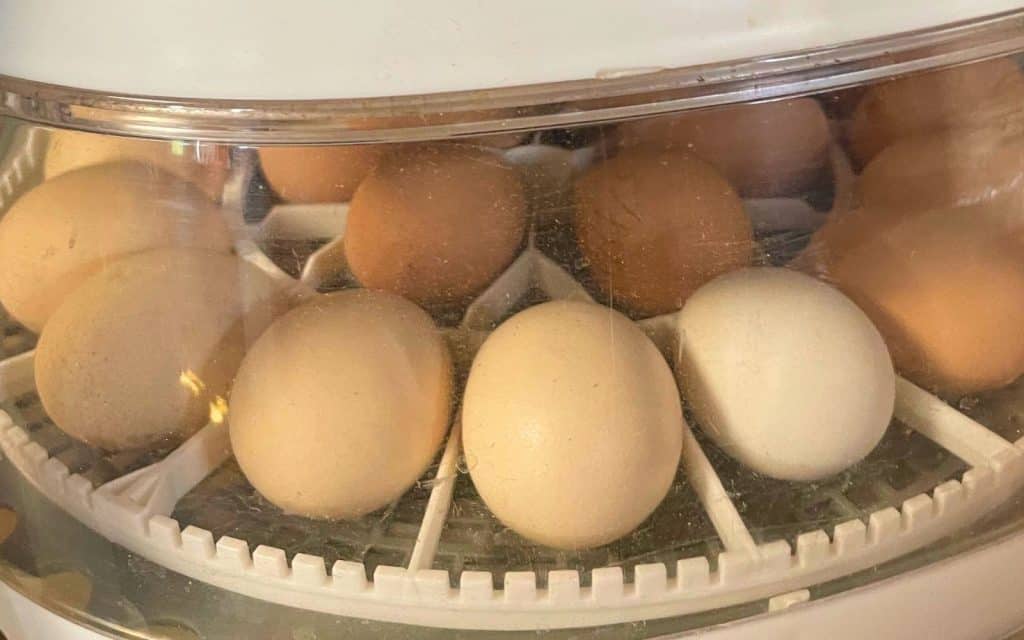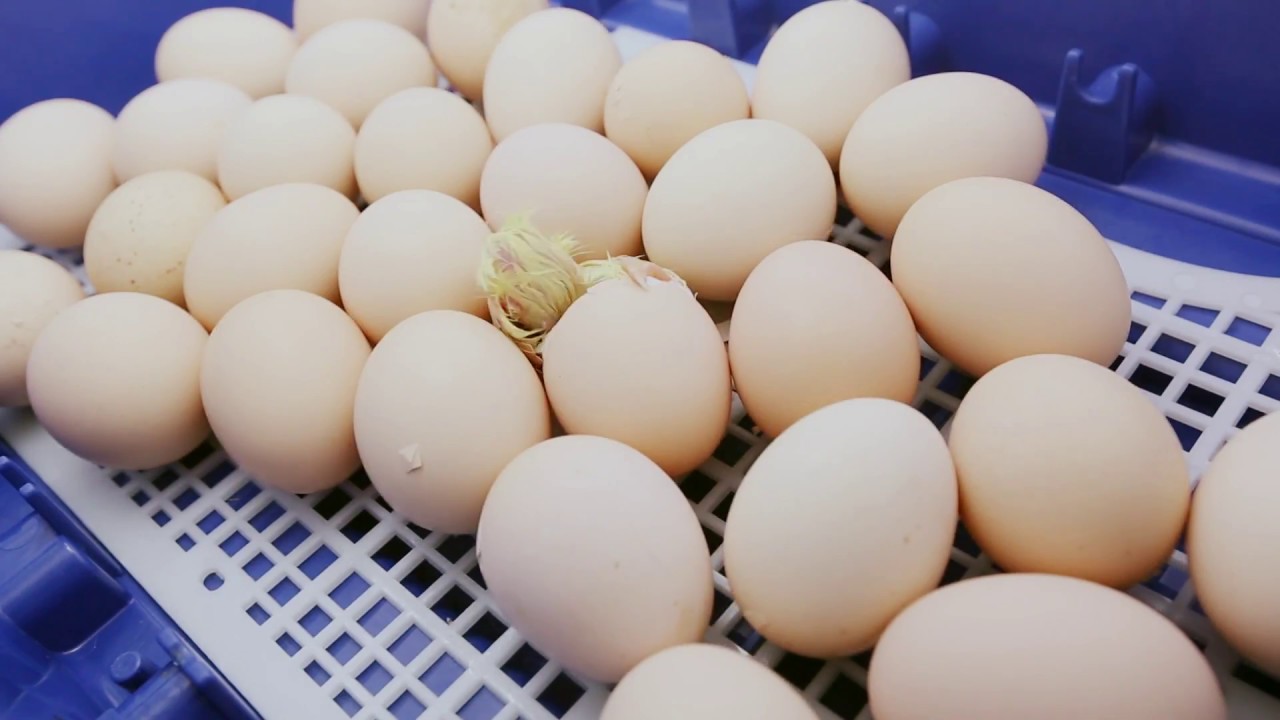For every chicken lover embarking on the rewarding journey of hatching eggs, ensuring the health and safety of your future chicks is paramount. One persistent challenge is learning how to prevent mold in incubator, which can be detrimental to the hatching process. Mold not only threatens the eggs but also compromises the overall environment within the incubator. In this guide, we will explore effective strategies to maintain a clean and mold-free incubator.

Understanding the Causes of Mold in Incubators
Mold thrives in environments that are warm, moist, and poorly ventilated. Incubators, by nature, create such an environment to mimic the natural conditions needed for egg hatching. However, this also makes them susceptible to mold growth. Recognizing the conditions that contribute to mold development is the first step in prevention.
The Role of Humidity
Maintaining the right humidity level is crucial for egg incubation. However, excessive humidity can lead to condensation, creating an ideal breeding ground for mold. It’s essential to monitor humidity levels closely and adjust them as needed. For more tips on managing humidity, you can visit Humidity Hacks.
Importance of Air Circulation
Proper air circulation within the incubator helps in preventing mold. Stagnant air can trap moisture and heat, fostering mold growth. Ensure that your incubator has adequate ventilation and that the air is circulating effectively.
Preparing the Incubator for Use
Before placing eggs in the incubator, thorough preparation is necessary. This includes cleaning and disinfecting the incubator to eliminate any mold spores or bacteria that may be present.
Cleaning the Incubator
Use a mild disinfectant to clean all surfaces of the incubator. Pay special attention to corners and crevices where mold can hide. Allow the incubator to dry completely before use.
Setting the Right Temperature
Temperature plays a significant role in both egg development and mold prevention. Ensure that the incubator maintains a stable temperature, typically around 99.5F (37.5C), to support healthy hatching.
Monitoring and Maintenance During Incubation
Regular monitoring and maintenance are essential throughout the incubation period. This includes checking temperature and humidity levels, as well as inspecting for any signs of mold.
Identifying Mold Early
Regularly inspect the incubator for any signs of mold, such as unusual smells or visible growth. Early detection allows for quick action, preventing further contamination. For troubleshooting common incubator issues, refer to this Troubleshooting Guide.
Adjusting Humidity and Temperature
If mold is detected, it’s crucial to adjust the humidity and temperature settings to create less favorable conditions for mold growth.
Post-Hatching Care and Cleaning
After the eggs have hatched, it is important to clean the incubator thoroughly to prevent mold from affecting future hatches.
Thorough Cleaning
Disassemble the incubator and clean all parts with a disinfectant. Ensure that all surfaces are completely dry before storing the incubator.
Proper Storage
Store the incubator in a cool, dry place to prevent mold growth during storage.
Additional Tips for Mold Prevention
In addition to the strategies outlined above, consider these additional tips for preventing mold in your incubator.
Using Mold-Resistant Materials
Consider using mold-resistant materials for lining the incubator. These materials can provide an extra layer of protection against mold.
Regular Maintenance Schedule
Establish a regular maintenance schedule to ensure that the incubator remains clean and functioning properly. Consistent care can prevent many issues before they arise.
Conclusion
Preventing mold in your incubator is a crucial part of ensuring a successful hatching process. By maintaining proper humidity and temperature levels, ensuring good air circulation, and regularly cleaning your incubator, you can create a safe and healthy environment for your chicks. For more information on hatching eggs, consider exploring this guide.

FAQs
What is the ideal humidity level for an incubator?
The ideal humidity level for an incubator typically ranges between 50% and 55% during the initial stages and may be increased during the final days of hatching.
How often should I clean my incubator?
It’s recommended to clean your incubator after each hatching cycle to prevent mold and bacteria build-up.
Can mold in the incubator affect the chicks?
Yes, mold can be harmful to developing embryos and newly hatched chicks, potentially leading to health issues or even death.
This article contains affiliate links. We may earn a commission at no extra cost to you.











